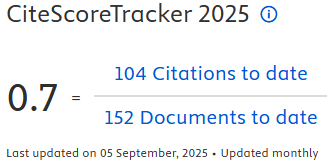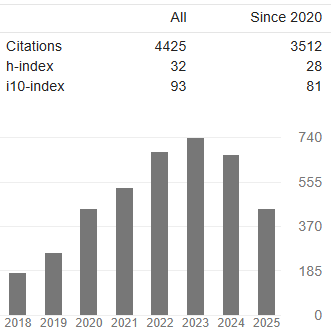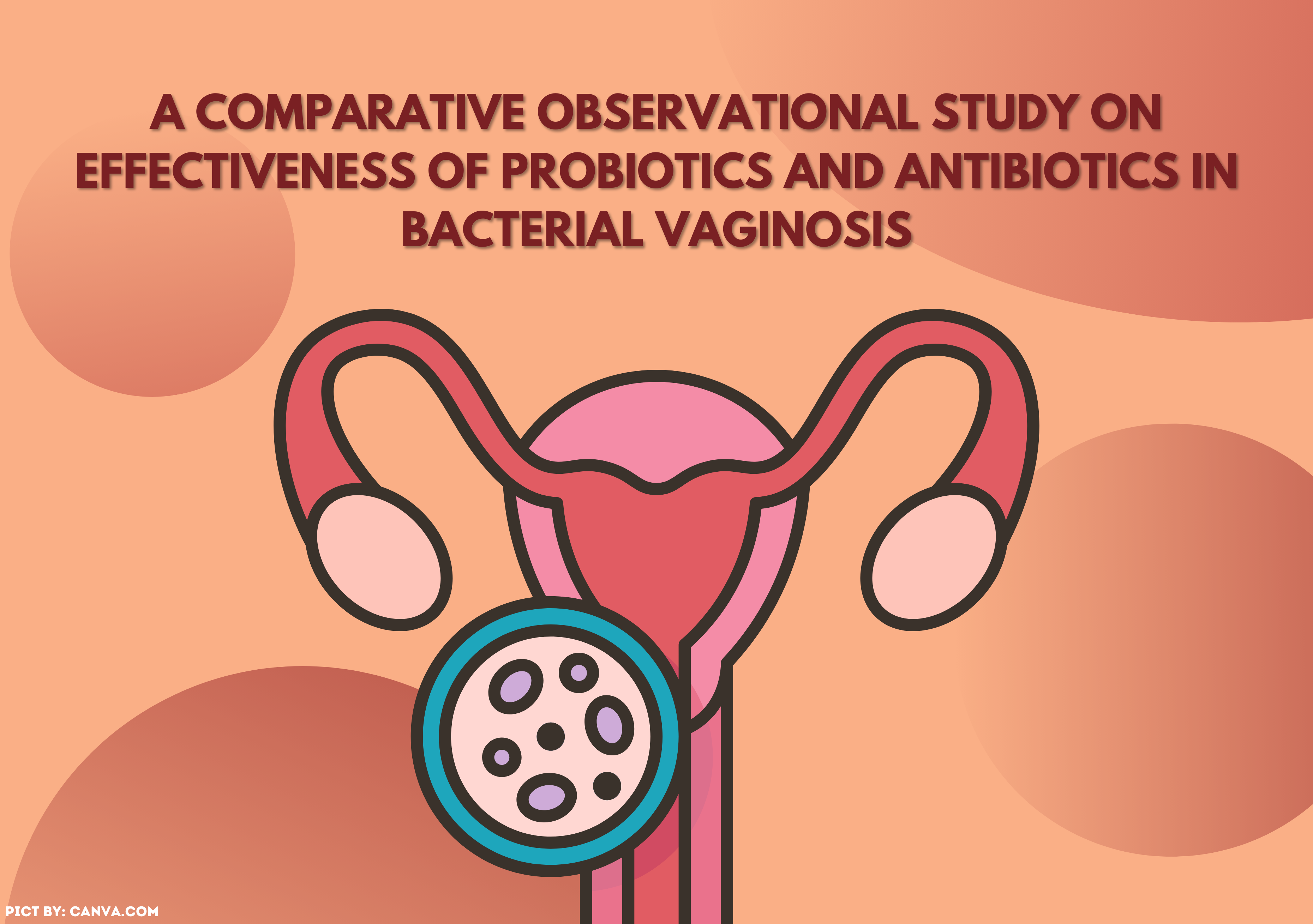PREVALENCE AND FACTORS ASSOCIATED WITH HYPERTENSION AMONG HEALTH WORKERS OF CENTRAL HOSPITALS IN NEPAL
Downloads
Hypertension is a significant public health issue considered as the world's biggest killer among the working-age group. Health workers are one of the working groups who are facing several factors in their lives that could induce hypertension among them. Nevertheless, there is a lack of information about hypertension among Nepalese health workers. Therefore, this cross-sectional study aimed to determine the prevalence and factors associated with hypertension among health workers of central hospitals in Nepal. A total of 422 health workers aged ≥30 years from seven central hospitals of Nepal were selected using a proportionate stratified systematic random sampling method. Information regarding characteristics (socio-demographic, clinical, behavioral, occupational, and perceived stress) of participants were obtained by face to face interviews using a questionnaire after getting informed written consent. Participant's blood pressure and body mass index were measured based on the World Health Organization STEP Surveillance Manual. Binary logistic regression model was used to identify the associated factors of hypertension. The prevalence of hypertension was 35.31% (95% CI: 30.70%-40.10%). After controlling potential confounding factors through multivariate analysis, seven factors (increasing age, low educational level, being married, low fruit & vegetable consumption, low physical activity, alcohol use, and increased perceived stress) were found as significant independent predictors of hypertension. In conclusion, hypertension is highly prevalent among Nepalese health workers. Effective behavioral change interventions and routine health screening programs focusing on hypertension should be implemented to control hypertension among this neglected group, Nepalese health workers.
Keywords: Health Workers, Hypertension, Perceived stress, Physical activity, Prevalence, Nepal
Ahmed, M.T., Jadhav, J. and Sobagaiah, R.T. (2018) ‘Assessment of risk factors of non- communicable diseases among healthcare workers in Nelamangala: A cross sectional study‘, International Journal of Community Medicine and Public Health, 5(2), pp. 745-748. doi:10.18203/2394-6040.ijcmph20180261.
Alghatrif, M. et al. (2013) ‘Longitudinal trajectories of arterial stiffness and the role of blood pressure: the balitmore longitudinal study of aging‘, Hypertension, 62(5), pp. 934-941. doi:10.1161/HYPERTENSIONAHA.113.01445.
Aryal, K.K. et al. (2014) Non communicable diseases risk factors: STEPS survey Nepal 2013. Available at: https://www.who.int/ncds/surveillance/steps/Nepal_2012-13_STEPSreport.pdf.
Asay, G.R.B. et al. (2016) ‘Absenteeism and employer costs associated with chronic diseases and health risk factors in the US workforce', Preventing Chronic Disease,13, pp. 150503. doi:10.5888/pcd13.150503.
Ban, A. (2018) ‘Triple burden of women: conflicting gender norms', The Himalayan Times, 2 March. Available at: https://thehimalayantimes.com/opinion/triple-burden-women-conflicting-gender-norms/.
Bhelkar, S. et al. (2018) ‘Association between stress and hypertension among adults more than 30 years: A case-control study', National Journal of Community Medicine, 9(6), pp. 430-433. Available at: http://njcmindia.org/uploads/9-6_430-433.pdf.
Biddle, S. (2016) ‘Physical activity and mental health: Evidence is growing', World Psychiatry 15(2), pp. 176-177. doi:10.1002%2Fwps.20331.
Chataut, J., Adhikari, R.K. and Sinha, N.P. (2011) ‘Prevalence and risk factors for hypertension in adults living in central development region of Nepal', Kathmandu University Medical Journal, 9(33), pp. 13-18. doi:10.3126/kumj.v9i1.6255.
Chobanian, A.V. et al. (2003) ‘The seventh report of the joint national committee on prevention, detection, evaluation, and treatment of high blood pressure: The JNC 7 report', JAMA, 289, pp. 2560-2572. doi:10.1001/jama.289.19.2560.
Cohen, S. and Williamson, G. (1988) ‘Perceived stress in a probability sample of the United States'. In: Spacapan S, Oskamp S, ed. The social psychology of health: claremont symposium on applied social psychology. Thousand Oaks, CA, US: Sage Publications, Inc. pp. 31-67. Available at: https://www.cmu.edu/dietrich/psychology/stress-immunity-disease-lab/publications/scalesmeasurements/pdfs/cohen,-s.--williamson,-g.-1988.pdf
Council For Technical Education and Vocational Training. (2019) Programs of TSLC. Available at: www.ctevt.org.np/program/tslc (Accessed: 20 April 2019).
Crestani, C.C. et al. (2014) ‘Cardiovascular alterations at different stages of hypertension development during ethanol consumption: Time-course of vascular and autonomic changes', Toxicology and Applied Pharmacology, 280(2), pp. 245-255. doi:10.1016/j.taap.2014.08.012.
Dhungana, R.R. et al. (2016) ‘Prevalence and associated factors of hypertension: A community-based cross-sectional study in municipalities of Kathmandu, Nepal', International Journal of Hypertension, 2016, pp. 1-10. doi:10.1155/2016/1656938.
Ibrahim, M.M. (2018) ‘Hypertension in developing countries: A major challenge for the future', Current Hypertension Reports, 20(5), pp. 38. doi:10.1007/s11906-018-0839-1.
International Federation of Pharmaceutical Manufacturers and Associations. (2016) Hypertension: Putting the pressure on the silent killer. Available at: www.ifpma.org/wp-content/uploads/2016/05/hyper-digital-v7-1.pdf.
Khanal, M.K. et al. (2017) ‘Prevalence, associated factors, awareness, treatment, and control of hypertension: Findings from a cross sectional study conducted as a part of a community based intervention trial in Surkhet, Mid-western region of Nepal', PLoS One, 12(10), pp. e0185806. doi:10.1371/journal. pone.0185806.
Kibria, G.M.A. (2018) ‘Prevalence and associated factors of pre"hypertension and hypertension in Nepal: Analysis of the Nepal Demographic and Health Survey 2016', Health Science Reports, 1(10), pp. e83. doi:org/10.1002/hsr2.83.
Kretchy, I.A., Owusu-daaku, F.T. & Danquah, S.A. (2014) ‘Mental health in hypertension: Assessing symptoms of anxiety, depression and stress on anti-hypertensive medication adherence', International Journal of Mental Health System, 8, pp. 25. doi:10.1186/1752-4458-8-25.
Leonelli, L.B. et al. (2017) ‘Perceived stress among primary health care professionals in Brazil', Brazilian Journal of Epidemiology, 20(2), pp. 286-298. doi:10.1590/1980-5497201700020009.
Li, B., Li, F., Wang, L. & Zhang, D. (2016) ‘Fruit and vegetables consumption and risk of hypertension: A meta"analysis', Journal of Clinical Hypertension, 18(5), pp. 468-476. doi:10.1111/jch.12777.
Manyisa, Z.M. & Aswegen, E.V. (2017) ‘Factors affecting working conditions in public hospitals: A literature review', International Journal of Africa Nursing Sciences, 6, pp. 28-38. doi:10.1016/j.ijans.2017.02.002.
Ministry of Health and Population, Nepal. (2013) Human resource for health Nepal country profile. Available at: www.nhssp.org.np/NHSSP_Archives/human_resources/HRH_Nepal_profile_august2013.pdf.
Mucci, N. et al. (2016) ‘Anxiety, stress-related factors, and blood Pressure in young adults', Frontiers in Psychology, 7, pp. 1682. doi:10.3389%2Ffpsyg.2016.01682.
Muzzi, M., Pawlina, C. & Schnorr, G.P. (2018) ‘Prevalence of stress in health workers in the context hospita', Psychology and Behavioral Medicine Open Access Journal, 0(0), pp. 15-21. Available at: https://ologyjournals.com/pbmoaj/pbmoaj_00003.pdf.
Naing, L., Winn, T. & Rusli, B.N. (2006) ‘Pratical issues in calculating the sample size for prevalence Studies', Archives Orofacial Sciences, 1, pp. 9-14. Available at: http://citeseerx.ist.psu.edu/viewdoc/download?doi=10.1.1.504.2129&rep=rep1&type=pdf.
Neupane, D. et al. (2014) ‘Prevalence of hypertension in member countries of South Asian Association for Regional Cooperation (SAARC): Systematic review and meta-analysis', Medicine (Baltimore), 93(13), pp. e74. doi:10.1097/MD.0000000000000074.
Neupane, D. et al. (2017) ‘Awareness, prevalence, treatment, and control of hypertension in western Nepal', American Journal of Hypertension, 30(9), pp. 907-913. doi:10.1093/ajh/hpx074.
NH Department of Administrative Services. (2014). Perceived stress scale. Available at: https://search.nh.gov/das-search.htm?q=perceived+stress&cmd=Search (Accessed: 10 February 2019).
Osei-yeboah, J. et al. (2018) ‘Cardiometabolic Risk Factors among Healthcare Workers: A cross-sectional study at the Sefwi-Wiawso municipal hospital, Ghana', Biomedical Research International, 2018(3), pp. 9. doi:10.1155/2018/8904548.
Owolabi, A.O. et al. (2012) ‘Work-related stress perception and hypertension amongst health workers of a mission hospital in Oyo', African Journal of Primary Health Care & Family Medicine, 4(1), pp. 1-7. doi:10.4102%2Fphcfm.v4i1.307.
Redmond, N. et al. (2013) ‘Perceived stress is associated with incident coronary heart disease and all-cause mortality in low-but not high-income participants in the reasons for geographic and racial differences in stroke study', Journal of the American Heart Association, 2(6), pp. e000447. doi:10.1161/JAHA.113.000447.
Resource Centre for Primary Health Care. (2016) A research on: The food environment of Kathmandu metropolitan area 2016. Available at: https://healthbridge.ca/images/uploads/library/Food_Environment_in_Kathmandu_1.pdf.
Sahebi, L., Vahidi, R.G. & Mousavi, S.H. (2010) ‘Prevalence of Hypertension and Associated Variables in Hospital Staff in Iran', Acta Medica Saliniana, 39(1), pp. 6-13. doi: 10.5457/ams.138.10.
Schwenk, T.L. (2017) Lower education level is associated with higher risk for cardiovascular disease. Available at: www.jwatch.org/na44361/2017/06/22/lower-education-level-associated-with-higher-risk.
Sirinara, P., Hanprathet, N & Jiamjarasrangsi, W. (2019) ‘Prevalence of hypertension and associated factors among healthcare workers: A cross-sectional study', Chulalongkorn Medical Journal, 63(3), pp. 193-199. doi:10.14456/clmj.10.
Sumaila, F.G. et al. 2016. ‘Prevalence of undiagnosed hypertension and its risk factors among health care workers of some selected hospitals in Dutse, Jigawa State, North western Nigeria', Advances of Science for Medicine, 1(2), pp. 19-23. doi:10.5281/zenodo.1308458.
Taylor, M. & Bithoney, W. (2012) 10 Steps to developing a culture of health for hospital and health system employers [White paper]. Available at: http://img.en25.com/Web/TruvenHealthAnalytics/EMP_11759_0812_10steps2cultureOFhealth_WEB.pdf.
Thapa, D., Malla, G. & KC, A. (2018) ‘Sleep quality and related health problems among shift working nurses at a tertiary care hospital in eastern Nepal: A cross sectional study', Journal of Nursing and Health Studies, 2(3), pp. 23. doi:10.21767/2574-2825.100029.
Wood, R.G., Goesling, B. & Avellar, S. (2007) The effects of marriage on health: a synthesis of recent research evidence. Available at: https://aspe.hhs.gov/system/files/pdf/180036/rb.pdf.
World Health Organization. (2013) World health day: High blood pressure global and regional overview. Available at: http://origin.searo.who.int/entity/world_health_day/leaflet_burden_hbp_whd2013.pdf.
World Health Organization. (2017) Protecting workers health: Key facts. Available at: www.who.int/news-room/fact-sheets/detail/protecting-workers'-health.
World Health Organization. (2018) Non communicable disease country profiles 2018. Available at: www.who.int/iris/handle/10665/274512.
Wu, A. & Wolley, M. (2019) ‘The interplay of renal potassium and sodium handling in blood pressure regulation: Critical role of the WNK-SPAK-NCC pathway', Journal of Human Hypertension, 33(7), pp. 508-523. doi:10.1038/s41371-019-0170-6.
- The authors agree to transfer the transfer copyright of the article to The Indonesian Journal of Public Health effective if and when the paper is accepted for publication.
- Authors and other parties are bound to the Creative Commons Attribution-NonCommercial-ShareAlike 4.0 International License for the published articles, legal formal aspect of journal publication accessibility refers to Creative Commons Attribution-NonCommercial-ShareAlike 4.0 International License (CC BY-NC-SA), implies that:
- Attribution ” You must give appropriate credit, provide a link to the license, and indicate if changes were made. You may do so in any reasonable manner, but not in any way that suggests the licensor endorses you or your use.
- NonCommercial ” You may not use the material for commercial purposes.
- ShareAlike ” If you remix, transform, or build upon the material, you must distribute your contributions under the same license as the original.































